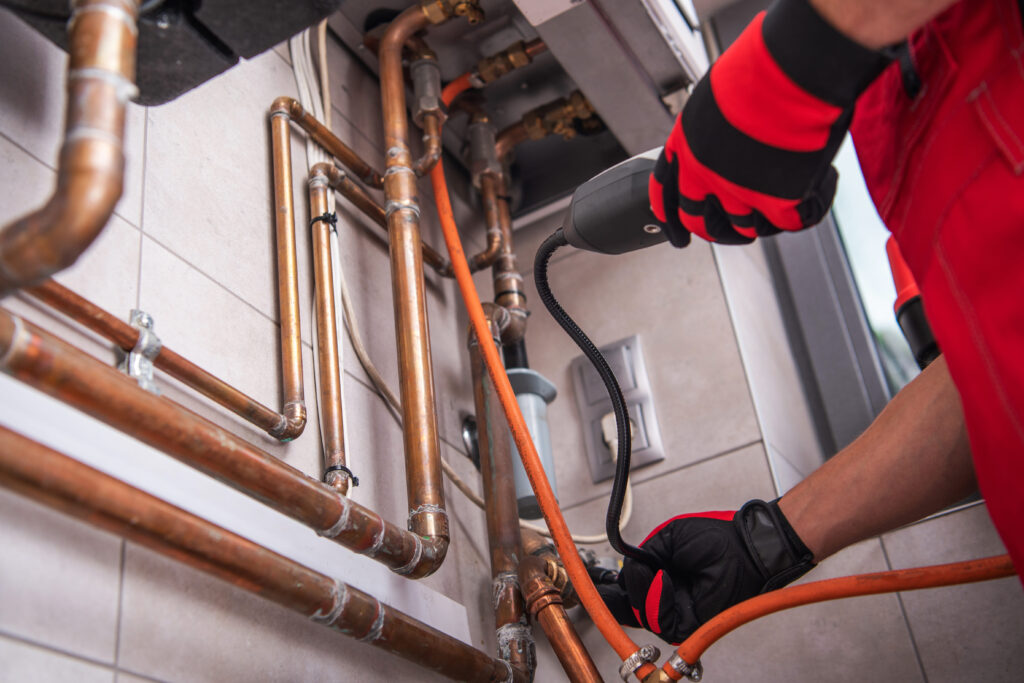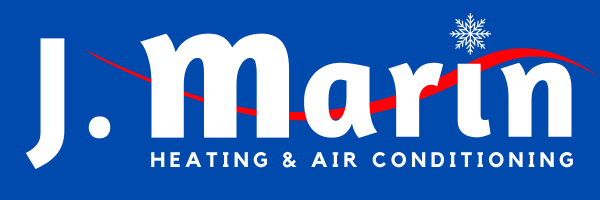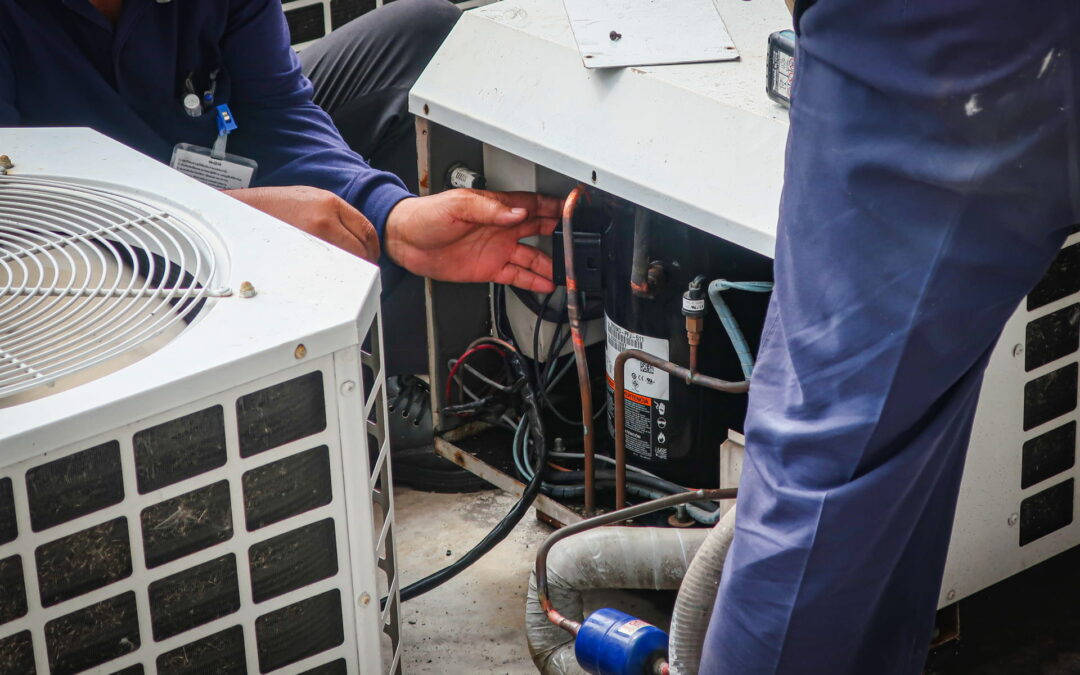Are you noticing water droplets forming around your air conditioning unit? Don’t fret! In this guide, we’ll walk you through the world of AC condensation and show you how to bid farewell to those damp dilemmas. Say goodbye to AC drips and hello to a cooler, drier home!
Before we delve into solutions, let’s uncover the mystery of AC condensation. Your air conditioner isn’t just a cooling machine; it’s also a dehumidifier. As warm air flows over the evaporator coil, moisture in the air condenses into water droplets. This natural process helps reduce humidity levels indoors and enhances your comfort.

Signs of Condensation Problems
Have you spotted water leaks around your indoor unit or detected dampness near your vents? These are telltale signs that your AC might be facing condensation troubles. Excessive condensation can result in more than just an annoying drip – it can hamper cooling efficiency, encourage mold growth, and potentially damage your unit.
Common Causes of AC Condensation Problems
Condensation issues can stem from various sources. A clogged drain line, caused by dirt, debris, or algae buildup, can disrupt the proper flow of water. Dirty air filters can also hinder the cooling process, leading to more condensation than usual. And if your evaporator coil isn’t properly insulated, it can cause excessive moisture accumulation.
Solutions for AC Condensation Woes
Some condensation problems can be resolved with a bit of DIY work. Let’s tackle these issues together:
- Start by checking and replacing your air filters regularly. Clean filters facilitate proper airflow and reduce excess moisture.
- Gently clear any debris from your condensate drain line. A clogged line can cause water to back up and leak around your unit.
- Ensure proper insulation around the evaporator coil. This helps prevent excess condensation and ensures efficient cooling.
- Take a moment to inspect your ductwork for gaps or leaks. Properly sealed ducts minimize moisture infiltration.

When to Seek Professional Help
While DIY solutions might help some condensation issues, many require professional attention. If you find stubborn clogs in your drain line or even suspect refrigerant leaks, it’s time to call in the experts. A skilled HVAC technician can diagnose the problem accurately and provide the necessary AC repairs to restore your AC’s performance and prevent further damage.
Preventing Future Condensation Problems
They say prevention is the best cure, and that holds true for AC condensation woes. Here’s how to keep those drips at bay:
- Schedule regular professional HVAC maintenance. Professional check-ups ensure that your unit is running smoothly and catching issues before they become major problems.
- Keep the area around your indoor unit clean and clear of debris. Proper airflow prevents excess moisture buildup.
- Maintain optimal humidity levels in your home. A dehumidifier can be a valuable ally in preventing excessive condensation.
There you have it – your guide to bidding adieu to AC condensation troubles. By understanding the science behind condensation, spotting signs of problems, and taking proactive measures, you can ensure a cooler, drier, and more comfortable home environment. Remember, regular maintenance and prompt attention to issues will keep your AC running smoothly and dripping worries away.


